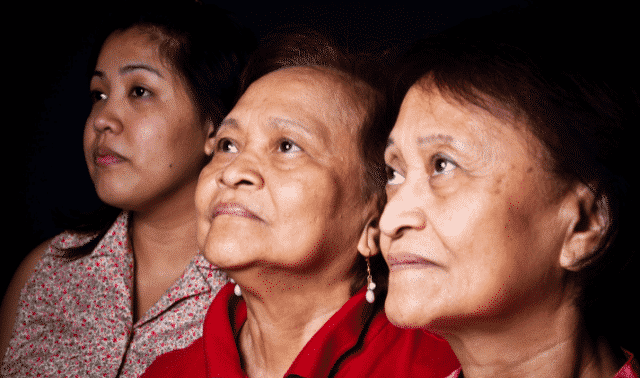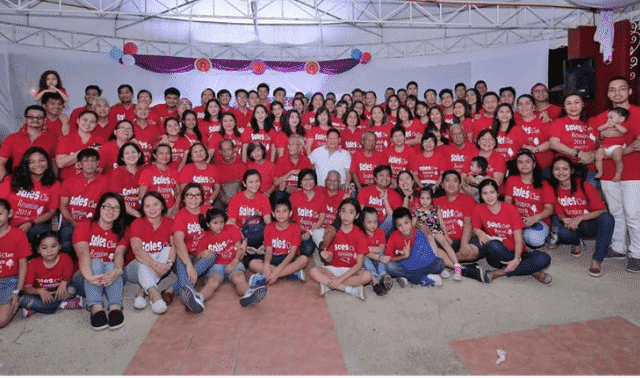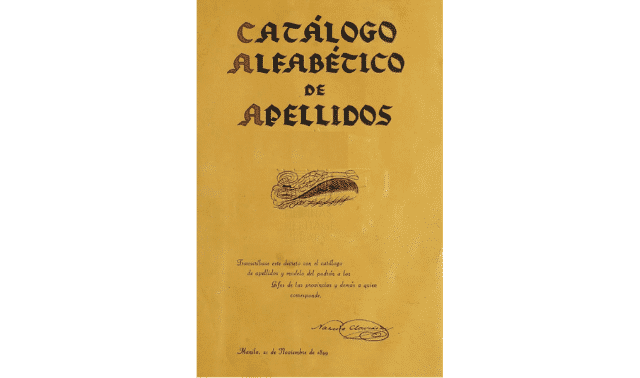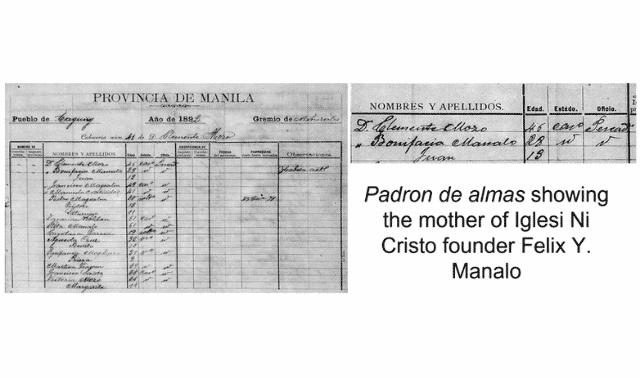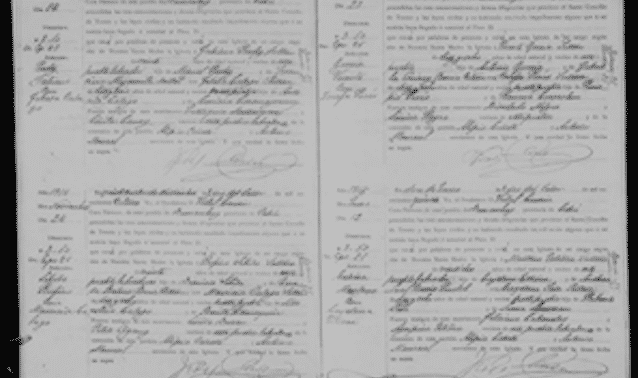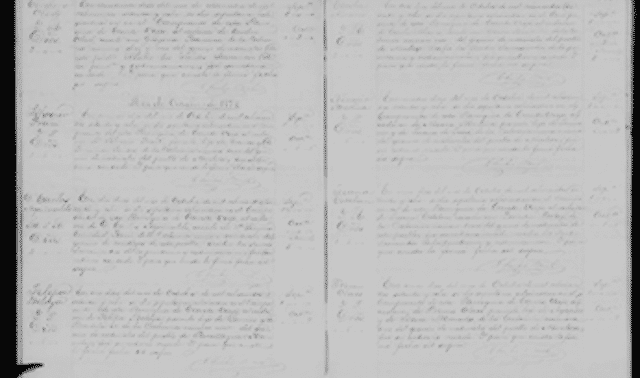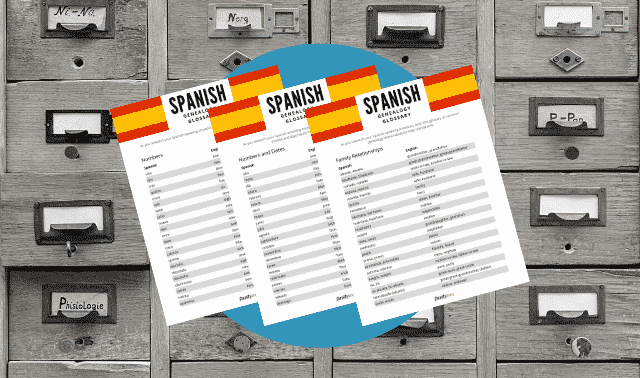Sign up for the Family Tree Newsletter Plus, you’ll receive our 10 Essential Genealogy Research Forms PDF as a special thank you!
Get Your Free Genealogy Forms
"*" indicates required fields
At first glance, you might think Filipinos don’t really care about genealogy. In reviewing data from my YouTube channel, I noticed watch time from viewers in the United States was consistently longer than that of viewers in the Philippines. How could this be? Family is such an important part of Philippine culture! I couldn’t believe there wasn’t more interest.
Curious, I did some further research. I conducted an informal survey among 110 Philippines-based respondents, asking if they were “familiar with the term genealogy.” The results were eye-opening: Not only were four out of five unfamiliar with the term, but three out of five thought genealogy referred to the branch of medicine that deals with the female reproductive system!
Digging into some Google search data told a slightly different story. People who were interested in Filipino genealogy seemed to search Google so using the terms Filipino family tree or even Filipino family reunion. It’s not that Filipinos are disinterested in family history research—it’s that many aren’t familiar with the word genealogy.
This simple terminology discrepancy is where the differences in genealogy interest between Philippine-born and US-born Filipinos end. Because at the heart of every Filipino, family has always played a key role. And knowledge of one’s family tree or history is common, even if in an informal manner.
No matter your current location, here are ways you can conduct research into your own Filipino ancestors and family history.
3 Notes about Filipino Genealogy
While the basic rules for tracing Filipino family trees are the same as any other nationality, there are three important caveats that an amateur genealogist interested in Filipino genealogy must be aware of.
1. There is no central database for records in the Philippines.
While there are certainly websites useful for Filipino genealogy research, they’re fragmented and incomplete. The government hasn’t curated centralized databases, and censuses or state-level records aren’t as widely available as they are in the United States. Most old records in the Philippines can be found in the National Archives of the Philippines, which is still in the initial stages of digitizing records and making them available to the public.
2. Most Filipino families didn’t use formal last names until 1850.
Official, cross-generational surnames were only adopted by most families after an 1849 decree that required them. This means any available website or record pertaining to a family name even just similar to your own is not guaranteed to be of any use.
As a result, you must first establish—beyond reasonable doubt—your family’s surnames, and if they’re related to names you find in records. Determine if your family’s last name is a product of the decree (e.g., assigned from the government’s catalog of names) or had already been in use for some time.
3. Filipino records are protected by privacy laws.
The Data Privacy Act took effect in 2016, and it restricts online access to records that contain personal information about anyone in or from the Philippines. In other words: The law has made it even harder to find useful resources for Filipino genealogy.
Getting Started with Your Research
Interview known relatives
Before even planning to check online, start by interviewing as many relatives as possible. Almost all branches in a Filipino family have their own stories about their ancestors and relatives, so it’s a must to talk to as many people as possible. If you have direct access to these relatives, your initial research efforts will likely be much better off.
Once you’ve gathered that information, turn your attention to finding details about your ancestors online.
Find relatives through social media
Most Filipinos living in the Philippines belong to group chats or family pages on Facebook, so search for relatives both there and on other social media channels. If you’re able to find previously unknown relatives, they may give you valuable information that can help in your research.
Older relatives, in my experience, generally provide more details, as do relatives who still live in the Philippines. The latter can often give you stories in their original, “non-sanitized” form.
Try name searches on Google
Before seeking out records, look for any research that’s already been compiled. The internet does not have everything you need, but can still provide important leads in the form of online family trees, digitized histories, family websites and other resources.
Because Filipino genealogy resources are not as numerous as for other countries, you’ll want to be particular in what search terms you use. Searches for descendants [name of person], for example, aren’t specific enough, and could result in hundreds of thousands of results. Instead, try some more-specific like son [name of person], or a name together with the town and country of origin.
Free Online Sources
Family history research doesn’t need to be expensive. These websites are free and contain great information about your Filipino ancestors.
FamilySearch
FamilySearch, the online repository of genealogical information collected by the Church of Jesus Christ of Latter-day Saints, remains a powerful tool for Filipino ancestry. Many of FamilySearch’s online Filipino records (especially record images and more-recent documents) are no longer accessible because of the Data Privacy Act, but you can still search name indexes and track down available documents at local Family History Centers. FamilySearch also hosts a massive online family tree, with entries from around the world.
Geni
Another free and useful website is Geni, which contains millions of profiles contributed by individuals all over the world. You’re bound to find at least one or two relatives who either contributed to the tree or are mentioned in it. You can even contact other users if you create a free account for yourself.
Note that, while some “branches” of Geni’s tree are authentic and accurate, others are not. Don’t automatically assume information you find there is credible, and verify with your own sources.
Other online sources
Other online sources include mega-records website MyHeritage, France-based website Geneanet, and tombstone database Find a Grave. MyHeritage and Geneanet are both subscription websites, but each offer some free resources. You can also access the digital collections of the National Library of the Philippines.
You can find some Filipino newspapers and magazines online for free, such as the Philippine Daily Inquirer and the Philippines’ edition of Esquire magazine. Google Books may have titles both historical and modern, and JSTOR and Philippine Studies hold scholarly articles, often for a fee.
Offline Research: Still the Best for Filipino Genealogy
Unfortunately, Filipino genealogy research has not yet caught up with the rest of the world in terms of record availability. (As mentioned earlier, the situation was made even worse with the implementation of the Data Privacy Act.) As such, you’ll have the best results by going back to the “old-school” genealogy principle of offline research.
The first place to search offline is your ancestral home’s church, but this is difficult for many. A substitute might be a local Family History Center, where you can find many genealogy records and tap into a more expansive version of FamilySearch.
What records can you find in person? Most cities and municipalities kept three kinds of documents:
- Church records: Kept for hundreds of years, these document vital events such as baptisms, marriages, burials and even confirmations. Some towns are lucky enough to have additional church records, such as libros de gastos (accounting records). The best type of local church records are the padrones de almas, which were parish censuses conducted by friars. Such documents can provide genealogical data about a whole town.
- Civil registries: Kept at the city or municipal civil registrar’s office, these date back only to the early to mid-1900s.
- Notarial records: These can include land records, court records, wills and other legal documents.
After researching at the local level, turn next to the provincial level. The Philippines currently has 81 provinces, and provincial governments may hold different assortments of records than do towns. The province of Cebu, for example, holds:
- censuses
- civil registrations
- court records
- emigration and immigration documents
- land and property records
- military records
- notarial records
- populations statistics
- public records
- school records
- taxation records
Not all of these documents are purely genealogical, per se, but they will all provide information about your ancestors’ lives.
Church records
Let’s look at one category of typically offline records: church records. Here are just some of the details they can contain:
- Baptismal records (libros de bautismos): Date of baptism, date (and maybe time) of birth, name of the child, the child’s birth order, and names of the parents and godparents
- Marriage records (libros de matrimonios): Names of the bride and groom, date of the wedding, and names of the couple’s parents and witnesses
- Burial records (libros de entierros): Name of the deceased, date of burial, name of the spouse (if deceased is married) or parents (if deceased is single), and note about cause of death (muerte natural for natural death, or muerte violenta for violent/non-natural death)
Later records tend to contain more information. For example, baptismal records after the 1860s might include the parents’ (or even grandparents’) occupation and place of origin/residence, whether or not they were still living. Likewise, burial records started providing a more-detailed cause of death and the names of the deceased’s parents.
Family organizations and genealogical societies
Another mostly offline resource worth mentioning are family organizations and genealogical societies. Though not as common or popular as they are in the United States, genealogical organizations in the Philippines can provide helpful resources, especially for beginner researchers.
Many such societies in the Philippines are dedicated to Chinese research. But others include the Ka-Angkan group of Marikina in Metro Manila, which operates its own family history center that offers records and family trees of the city’s original settlers. I wrote more about genealogical societies in an article for my website.
The Rise of Filipino Genealogy Research
More and more native Filipinos are looking for family history resources online, from records to articles to presentations. This has been even more true after 2021, the quincentennial of Ferdinand Magellan’s arrival in the Philippines as part of his crew’s seminal circumnavigation of the globe.
With dozens of online history webinars and some of the resources we’ve discussed in this article, even ordinary Filipinos are starting to search for their own family’s history. Hopefully their interest will be sustained and spur a movement to preserve and make accessible Filipino genealogy resources.
Filipino Genealogy Resources
These resources should help anyone interested in Filipino genealogy get a head start in their research.
Websites
- Ang Aming Angkan (“Our Clan”) blog
- Carcaranon Families blog
- FamilySearch Research Wiki: Philippines Genealogy
- The Filipino Genealogy Project
- The FILIPINO GENEALOGY Channel
- Lahing Pinoy
- National Library of the Philippines Digital Collection
Facebook Pages
Books
- Catalogo Alfabetico de Apellidos: Transcribase este Decreto con el Catalogo de Apellidos (Philippine National Archives)
- The Catalogo, Narciso Claveria, and Thoughts on Filipino Surnames by Todd Lucero Sales (self-published)
A version of this article appeared in the September/October 2022 issue of Family Tree Magazine.
Related Reads
ADVERTISEMENT

